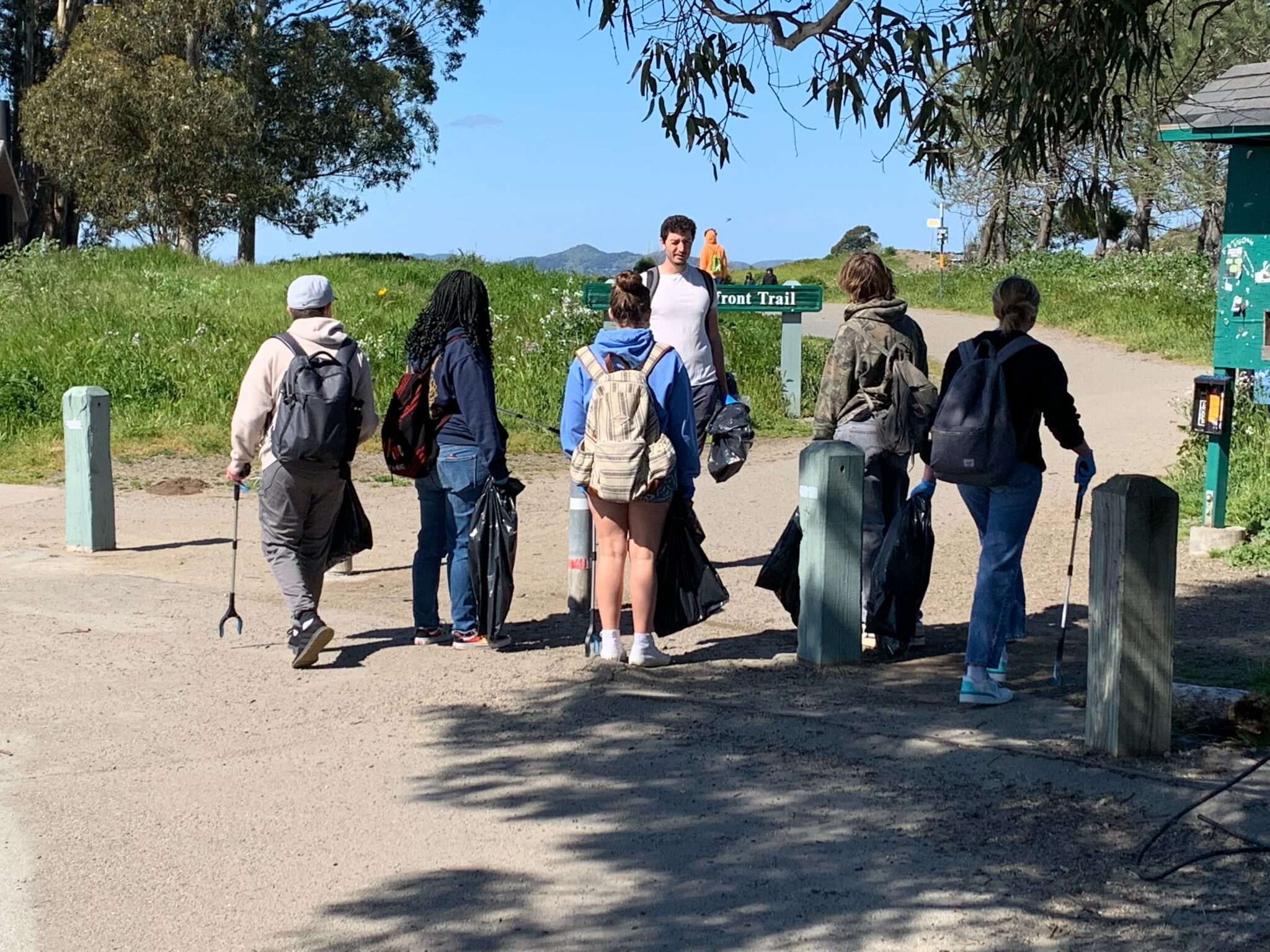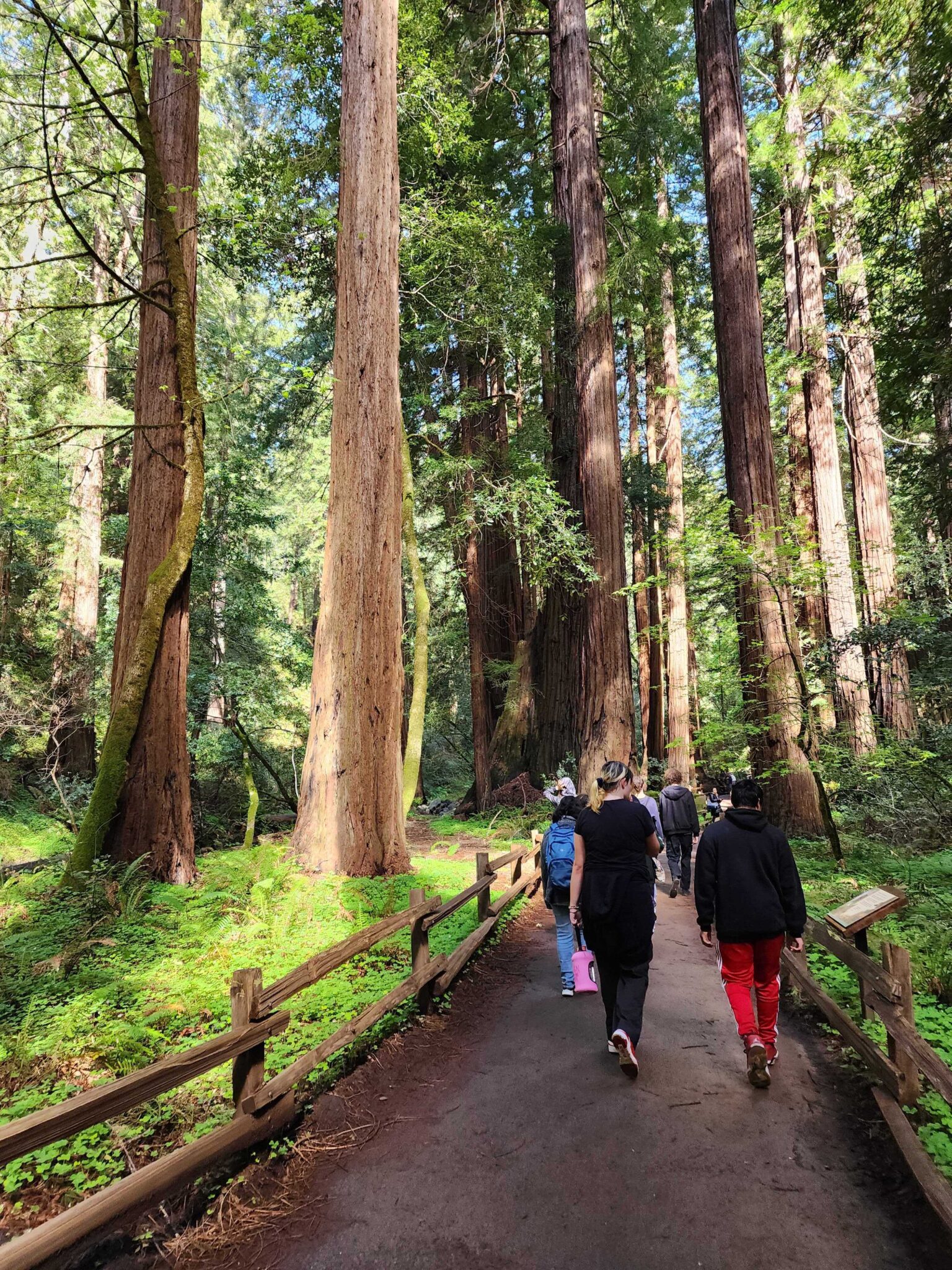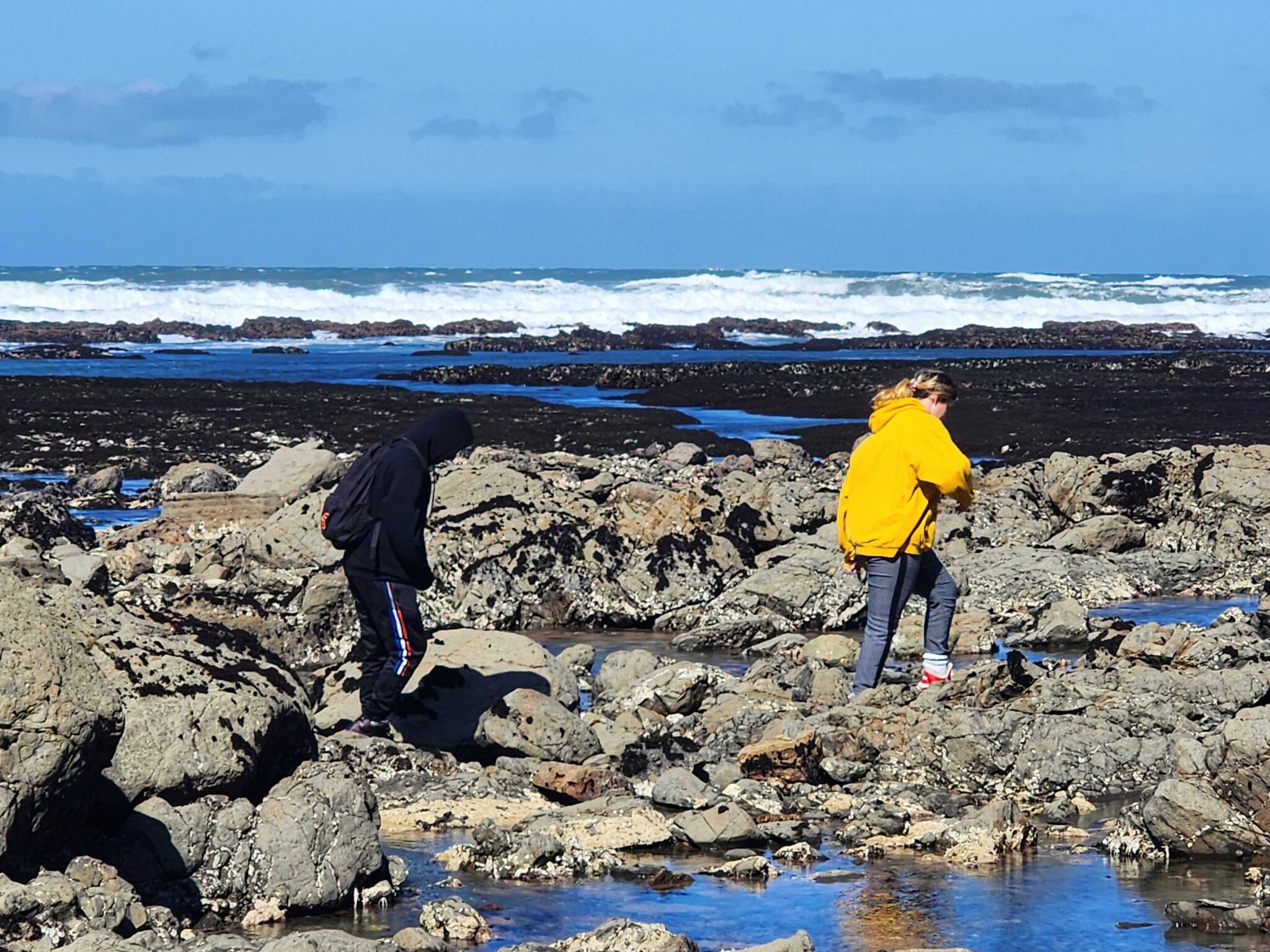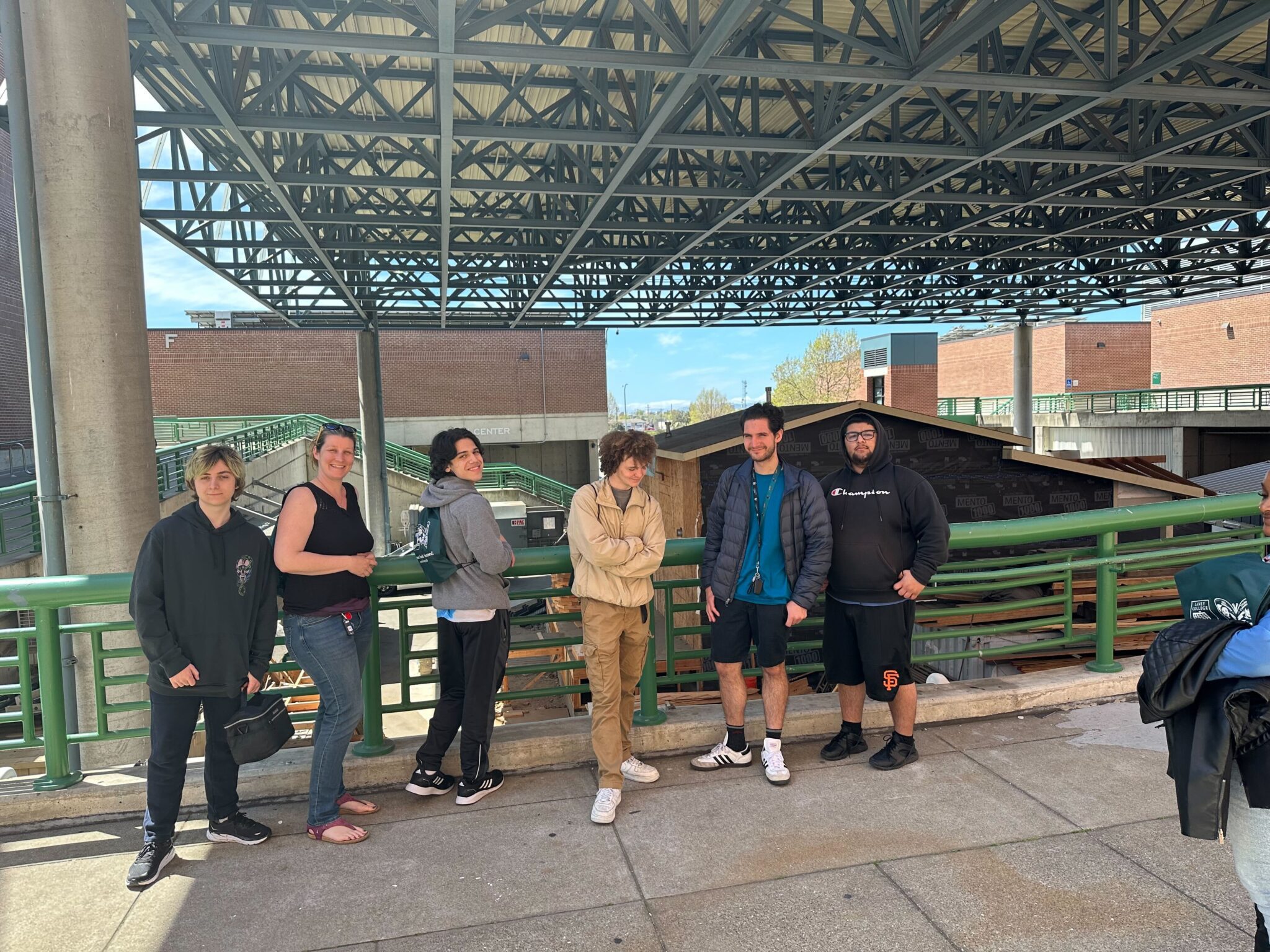Entrepreneur Magazine recently published an article that revealed the true power of Experiential Learning. “The knowledge retention rate for employees who go through traditional learning is only five percent, whereas the retention rate from experiential learning can be as much as 90 percent.” The most successful companies know that training their employees with Experiential Learning is the most effective way to boost performance.
Why is that? According to the article, it’s because Experiential Learning exercises mirror reality. People are working to find solutions to real problems using real skills. In Experiential Learning opportunities, people fully engage as themselves. They don’t “tune-out” like they might during a PowerPoint presentation or tasked with sitting through a lecture. “Such visceral engagement drives participants’ desire to succeed, both in the training and at work.” In these situations, people try their best.
Experiential Learning in SPED
Educators in Special Education have known this for a long time. For our population of students with learning differences, we see the same dramatic results. Our students come alive when they’re doing big projects as a team, moving through the city on a field trip, contributing to campus and community beautification, engaging in the “real world” as themselves.
“Experiential learning promotes creativity, which isn’t always encouraged in a traditional classroom environment. Students with different learning needs have a chance to think outside of the box and shine in these scenarios.”
—Emily Cummings, “Why Experiential Education is Critical in a Special Education Program” | Behaviorist

We know that for students with ADHD, Dyslexia and other learning differences it can be extremely draining to sit in classrooms for hours on end. When information is only being presented in one way, as it is in many traditional schools, students can space-out. Maybe listening to a lecture, or reading from a worksheet is not their strong suit. A student with attention deficits or auditory processing issues will miss most of the material this way.
The Bayhill Way
It’s our job as educators to help to figure out what students’ strengths are and teach to them in the way they learn best. That’s why we love to give our students many Experiential Learning opportunities.
Last week, our students spent the full week taking trips and working on projects of their choice. They were able to use their whole bodies, channel their authentic energy, absorb information in multiple modalities and enjoy themselves with this kind of Experiential Learning.
Experiential Learning Week
Some Bayhill students chose to go on hikes through Muir Woods and Fitzgerald Marine Reserve to observe climate patterns, wildlife and natural systems at work there.

Faculty at Laney College gave students a tour of the trade offerings through their Career & Technology Education Program.
Some of our students watched films. Some put the kitchen to use for explorations in culinary arts. Others chose to experience exhibits at the Oakland and De Young Museums.
Students opted to give back to the community by engaging in trash collection at China Beach, Berkeley Marina and on Shattuck Avenue.
Students designed and painted a mural in our courtyard as part of our Experiential Learning Week, while others re-wrote a play, made their own costumes, props and sets and then filmed their performance.

Overall it felt like a restorative use of our time together. The learning experiences for our population of students who learn differently was invaluable.


